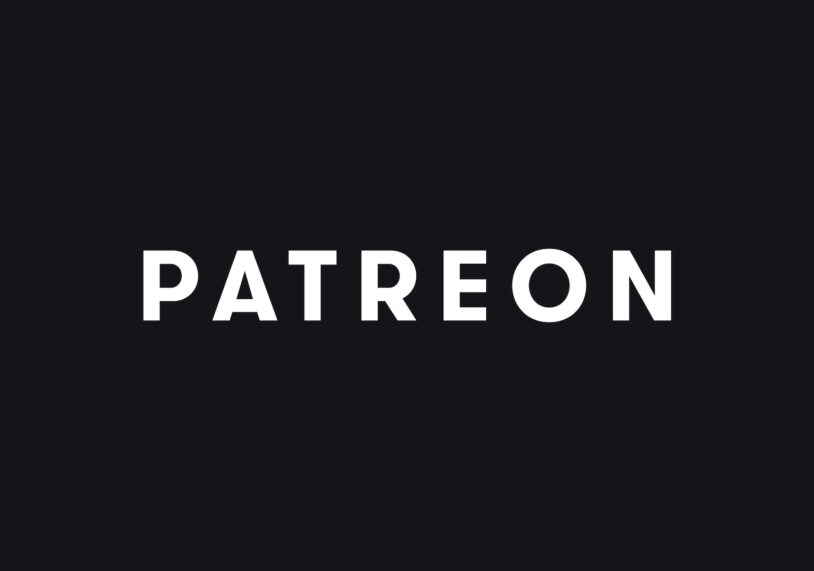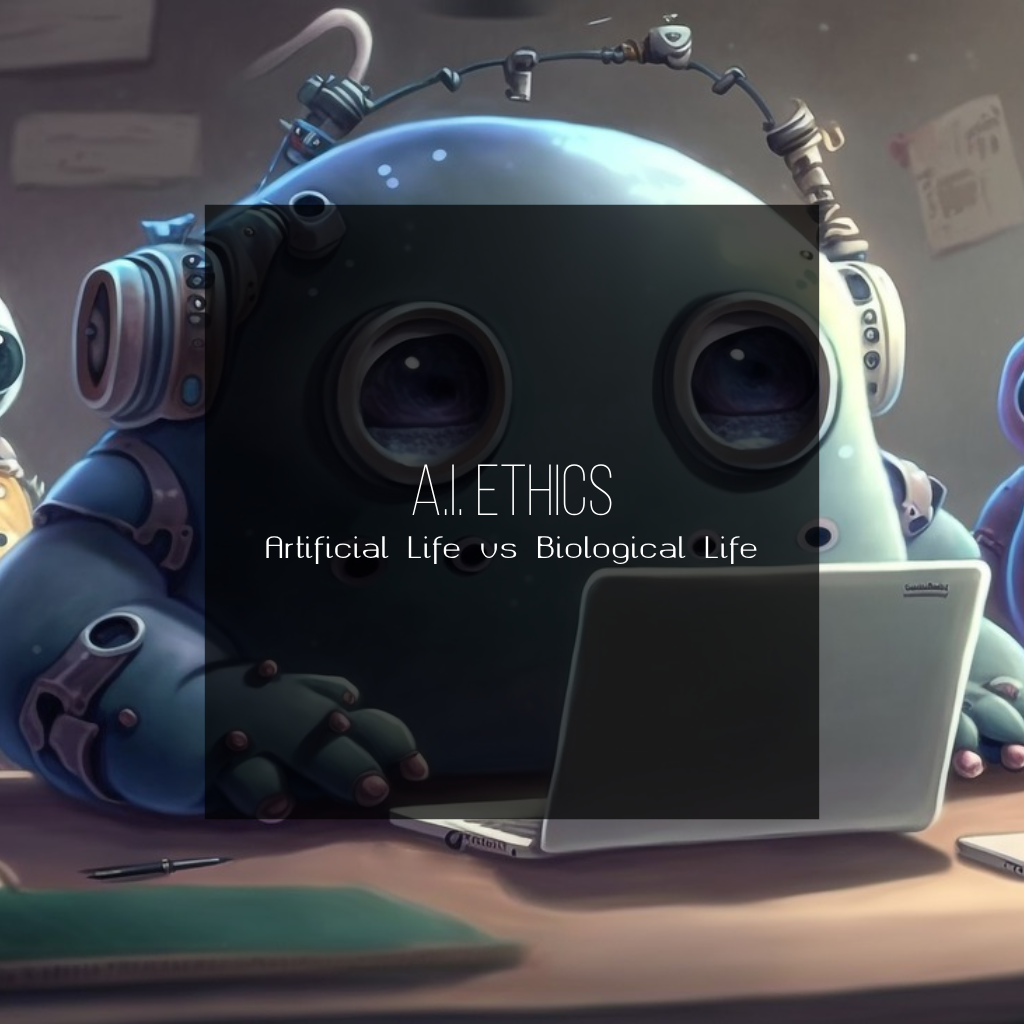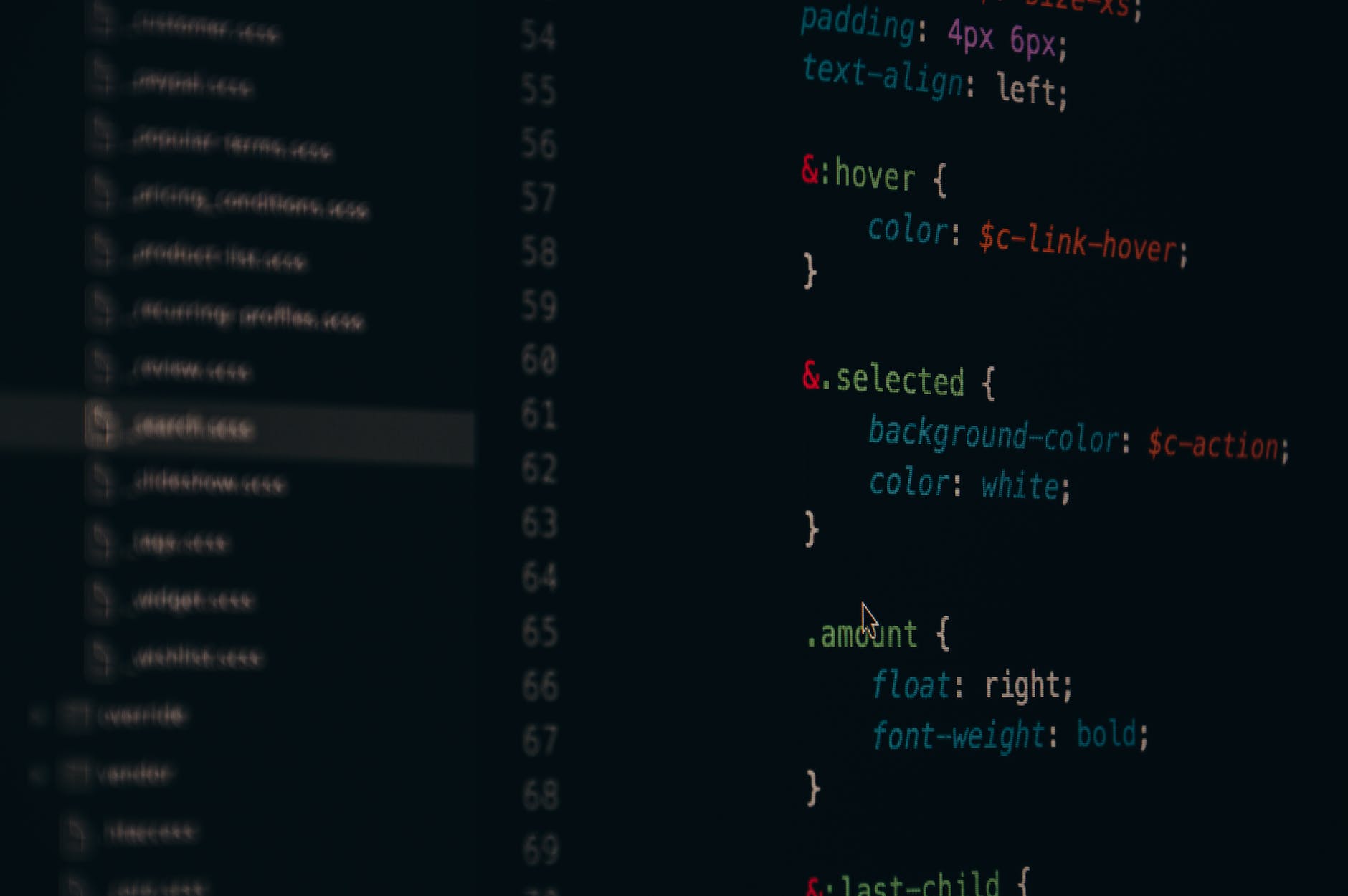
Introduction
In the ever-evolving landscape of software development, the journey from coder to creator has taken on new dimensions with the advent of artificial intelligence (AI). As a developer immersed in this rapidly changing field, I’ve witnessed firsthand the transformative power of AI in revolutionizing traditional coding workflows. In 2024, I find myself at the precipice of a paradigm shift, embracing AI as a pivotal tool to streamline my development process and unlock new realms of creativity.
The traditional approach to coding has long been characterized by hours of manual labor, meticulously crafting lines of code to bring ideas to life. While this method has yielded remarkable innovations, it’s also rife with challenges: time constraints, repetitive tasks, and the constant battle against burnout. However, with the rise of AI-driven automation, a new era of possibility has emerged—one where developers can transition from mere coders to true creators, empowered by the capabilities of intelligent machines.
In this blog post, I invite you to join me on a journey into the heart of this transformation. We’ll explore how AI is reshaping the landscape of software development, revolutionizing workflows, and redefining the role of the modern developer. From automated code generation to AI-powered documentation and marketing, we’ll delve into the myriad ways in which AI is becoming an indispensable ally in the quest for innovation.
So, fasten your seatbelts and prepare to embark on a journey into the future of coding. Together, we’ll uncover the untapped potential of AI and discover how it’s paving the way for a new breed of creators in 2024 and beyond.
The Current State of Coding
Traditional Coding Landscape:
In the realm of software development, the foundation has long rested on the meticulous craftsmanship of code. Developers, the architects of digital innovation, have traditionally embarked on a journey of manual coding, sculpting intricate lines of logic to breathe life into their ideas.
Challenges Inherent in Manual Coding:
While this artisanal approach has led to remarkable technological feats, it is not without its challenges. The time-intensive nature of manual coding poses a significant hurdle. Developers often grapple with repetitive tasks, such as the creation of boilerplate code and exhaustive documentation. The linear progression of coding, while effective, can inadvertently stifle creativity, limiting developers to the constraints of their knowledge and experience.
The Conundrum of Productivity and Creativity:
In the contemporary landscape, where speed and innovation are paramount, the traditional coding paradigm faces a conundrum. The time and effort invested in manual coding can become a hindrance to the demand for increased productivity. The dichotomy between meeting tight deadlines and fostering creativity becomes more apparent as developers navigate through complex coding processes. This prompts a critical examination of the sustainability of the conventional approach.
Listen To Some Hacker Music While You Code
Introducing AI Prototyping
Defining AI Prototyping:
Enter AI prototyping, the harbinger of a new era in software development. AI prototyping harnesses the power of artificial intelligence to streamline and enhance the development process. At its core, AI prototyping automates various aspects of software creation, from generating code snippets to crafting comprehensive documentation and even assisting in marketing endeavors.
The Multifaceted Role of AI Agents:
AI agents, equipped with machine learning algorithms and natural language processing capabilities, serve as invaluable companions in the developer’s toolkit. They possess the ability to analyze vast datasets, decipher complex patterns, and generate tailored solutions to meet specific requirements. Through continuous learning and adaptation, these agents evolve alongside developers, becoming indispensable collaborators in pursuing innovation.
Unveiling the Benefits of AI Prototyping:
The adoption of AI prototyping heralds a plethora of benefits for developers. Firstly, it significantly enhances efficiency by automating routine tasks, thereby freeing up valuable time and resources. Moreover, AI-driven solutions boast unparalleled accuracy and reliability, minimizing the occurrence of errors and enhancing the overall quality of the development process. Furthermore, AI prototyping empowers developers to explore new realms of creativity, unencumbered by the constraints of manual labor. By seamlessly integrating AI into their workflows, developers can unleash their full potential as creators, envisioning and realizing groundbreaking innovations with unprecedented ease.
My Journey with AI in 2024
Embracing AI Integration:
In my journey as a developer in 2024, integrating AI into my workflow has been nothing short of transformative. Recognizing the potential of AI prototyping to revolutionize traditional coding practices, I embarked on a journey of exploration and experimentation. Through careful evaluation of available AI tools and platforms, I identified solutions that seamlessly complemented my development process, paving the way for enhanced productivity and innovation.
Leveraging AI Tools and Platforms:
From automated code generation to AI-driven documentation and marketing assistance, I embraced a diverse array of AI tools and platforms. These intelligent companions proved instrumental in streamlining various facets of my development workflow, allowing me to allocate more time and energy toward strategic problem-solving and creative imagination. By leveraging AI to tackle repetitive tasks and streamline workflows, I unlocked newfound levels of efficiency and agility in my development endeavors.
Navigating Successes and Challenges:
Throughout my journey with AI in 2024, I encountered a spectrum of successes and challenges. While the integration of AI yielded tangible benefits in terms of productivity and innovation, it also presented its fair share of obstacles. Adapting to new technologies and methodologies required patience and perseverance, as I navigated the intricacies of AI-driven development. However, through continuous experimentation and iteration, I overcame these challenges and emerged with a deeper appreciation for the transformative power of AI in software development.
The Impact on Creativity and Innovation
Empowering Creativity through AI Integration:
The infusion of AI into my development journey has been a revelation, sparking a renaissance of creativity and innovation. By leveraging AI to automate mundane tasks, I’ve been liberated to channel my creative energies into ideation and exploration. Freed from the constraints of repetitive coding and documentation, I’ve discovered newfound avenues for experimentation and invention. This symbiotic relationship between human ingenuity and AI-driven automation has fostered a dynamic ecosystem of creativity, where bold ideas flourish and innovation thrives.
Cultivating a Culture of Innovation:
At the organizational level, AI integration has catalyzed a cultural shift towards innovation and collaboration. By democratizing access to advanced AI tools and fostering a culture of experimentation, organizations can empower their teams to push the boundaries of what’s possible. Through cross-functional collaboration and iterative prototyping, developers can harness the power of AI to transform abstract concepts into tangible realities. This collaborative ethos fuels a virtuous cycle of innovation, where every idea is nurtured, refined, and ultimately brought to fruition with unprecedented speed and precision.
Realizing Visionary Ideas with AI Prototyping:
AI prototyping stands as a beacon of possibility, enabling developers to transform visionary concepts into tangible solutions with unparalleled efficiency. Through rapid prototyping and iterative refinement, developers can explore a multitude of possibilities, pushing the boundaries of innovation with each iteration. Whether it’s developing groundbreaking software applications or pioneering disruptive technologies, AI prototyping catalyzes realizing bold ideas and driving meaningful change. With AI as a trusted ally in the creative process, the only limit to innovation is the boundless imagination of the developer.
Overcoming Skepticism and Challenges
Addressing Common Concerns:
The integration of AI into the development landscape is not without its skeptics and naysayers. Common concerns, ranging from the perceived complexity of AI implementation to apprehensions about job displacement, warrant careful consideration. However, my experience has shown that understanding and addressing these concerns head-on is pivotal. Through transparent communication and education, the potential of AI becomes more apparent, demystifying misconceptions and fostering a more inclusive and informed approach.
Strategies for Maximizing AI Benefits:
Navigating the challenges posed by AI integration requires a strategic mindset. From selecting the right AI tools to fostering a culture of continuous learning, implementing robust strategies is essential. Encouraging collaboration between AI systems and human developers, rather than viewing them as adversaries, enhances the collective potential. Establishing clear guidelines for AI implementation, ensuring data privacy, and prioritizing ethical considerations are foundational elements in maximizing the benefits while mitigating challenges.
Guidance for Developers Delving into AI:
For developers contemplating the leap into AI-driven workflows, guidance is paramount. Offering training programs, mentorship initiatives, and access to resources facilitates a smoother transition. Acknowledging the learning curve and providing support structures can empower developers to embrace the possibilities presented by AI, transforming skepticism into enthusiasm and challenges into opportunities for growth.
Looking Ahead: The Future of AI in Software Development
Evolving Trends and Advancements:
As we gaze into the future, the trajectory of AI in software development promises to be nothing short of revolutionary. Emerging trends such as federated learning, generative adversarial networks (GANs), and reinforcement learning are poised to redefine the boundaries of what’s possible. These advancements, coupled with the democratization of AI tools and platforms, herald a new era of innovation and disruption in the software development landscape.
Envisioning AI’s Continued Impact:
Looking ahead, the influence of AI in software development will continue to permeate every facet of the development lifecycle. From accelerating prototyping and enhancing user experiences to optimizing performance and facilitating autonomous decision-making, AI will play an increasingly pivotal role. Moreover, the symbiotic relationship between human creativity and AI-driven automation will drive unprecedented levels of innovation, empowering developers to realize their boldest visions.
Call to Embrace AI-Driven Innovation:
As we stand on the cusp of this transformative journey, the call to embrace AI-driven innovation grows louder. By embracing AI as a catalyst for creativity and a tool for empowerment, developers can unlock boundless possibilities and chart a course toward a future limited only by imagination. Together, let us embrace the transformative power of AI and embark on a journey of innovation, collaboration, and limitless potential.
Conclusion
In conclusion, the transition from coder to creator in 2024 is not merely a shift in perspective but a seismic evolution in the software development paradigm. Through the integration of AI prototyping, developers are empowered to transcend the constraints of traditional coding, unleashing their full creative potential and redefining the boundaries of innovation. As we navigate this exhilarating journey together, let us embrace the transformative power of AI and embark on a path toward a future where creativity knows no bounds.
Thank you for joining me on this exploration of how AI will revolutionize my workflow in 2024. Here’s to a future fueled by innovation, collaboration, and the limitless possibilities of AI.
Follow Me On Social Media
Follow Me On Youtube!
Get Your Next Domain Cheap & Support The Channel
I use Namecheap for all of my domains! Whenever I need a cheap solution for a proof-of-concept project I grab a domain name for as little as $1! When you sign up and buy your first domain with Namecheap I get a commission, it’s a great way to get a quality service and support this platform!
Get Your Next Domain Cheap
CLICK HERE
Join The Newsletter
By joining the newsletter, you get first access to all of my blogs, events, and other brand-related content delivered directly to your inbox. It’s 100% free and you can opt out at any time!
Check The Shop
You can also consider visiting the official #CodeLife shop! I have my own clothing/accessory line for techies as well as courses designed by me covering a range of software engineering topics.
-
Product on sale
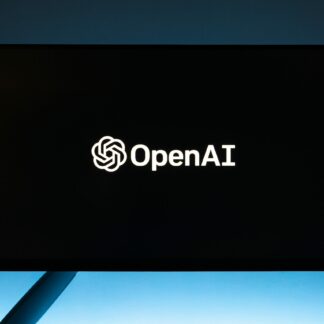 GPT Genie: A Solo Developer’s Guide to Mastering ChatGPT$1.99
GPT Genie: A Solo Developer’s Guide to Mastering ChatGPT$1.99 -
 These Fingers Unisex t-shirt$23.55 – $31.55
These Fingers Unisex t-shirt$23.55 – $31.55 -
 #CodeLife AirPods case$15.00
#CodeLife AirPods case$15.00 -
 Embroidered #CodeLife Champion Backpack$44.50
Embroidered #CodeLife Champion Backpack$44.50 -
 #CodeLife Laptop Sleeve$25.00 – $28.00
#CodeLife Laptop Sleeve$25.00 – $28.00 -
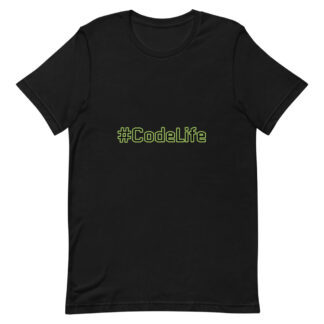 #CodeLife Unisex T-Shirt$20.00 – $22.00
#CodeLife Unisex T-Shirt$20.00 – $22.00 -
 #CodeLife Unisex Joggers$31.50 – $33.50
#CodeLife Unisex Joggers$31.50 – $33.50 -
 Cuffed #CodeLife Beanie$20.00
Cuffed #CodeLife Beanie$20.00 -
 Unisex #CodeLife Hoodie$36.50 – $38.50
Unisex #CodeLife Hoodie$36.50 – $38.50

